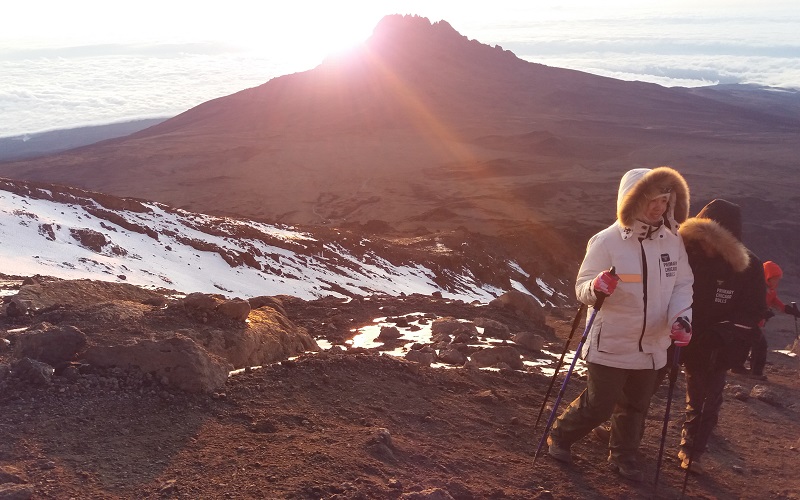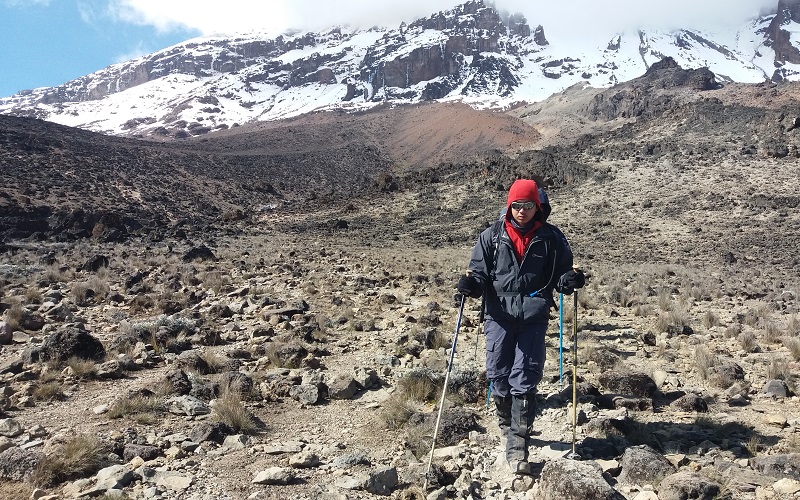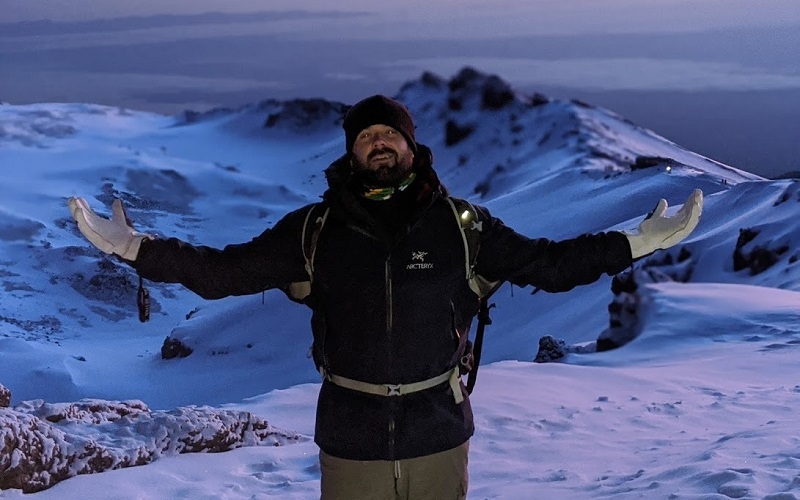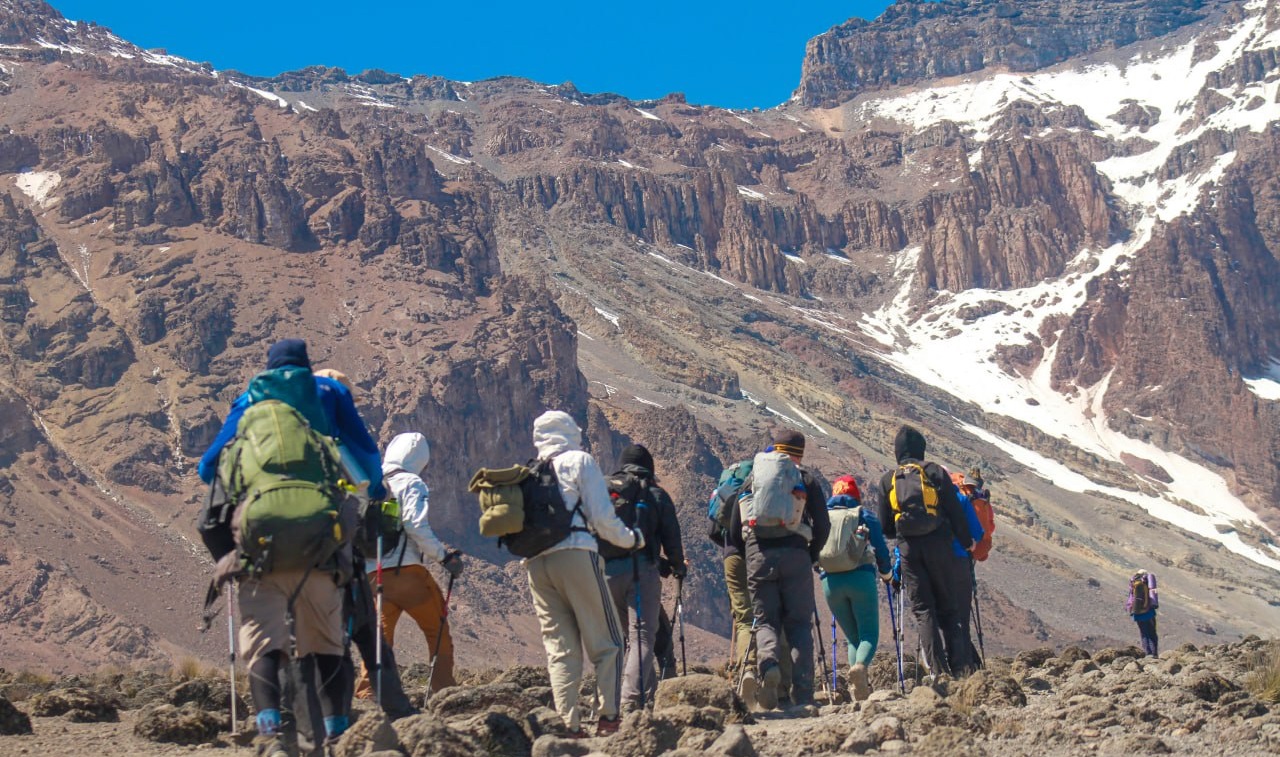
When is the Best Time to Climb Kilimanjaro?
Are you planning to conquer Mount Kilimanjaro? Choosing the right time for your ascent can make all the difference in your experience. While it’s possible to climb Kilimanjaro year-round, the best time to go is during the dry season when weather conditions are more favorable for a successful summit. In this guide, we’ll break down the best months for climbing, explain the wet and dry seasons, and help you choose the ideal time for your Kilimanjaro adventure.
The Dry Season: Best Time to Climb Kilimanjaro
The best months to climb Kilimanjaro are during the dry seasons, which run from December to mid-March and late June to October. These months offer the most favorable weather conditions for trekking, including lower rainfall, clearer skies, and better visibility.
Recommended Months:
January, February, July, August, September, and October are considered the best months for climbing. These months provide the driest conditions, offering a more comfortable and safer climb.
Wet and Dry Seasons on Kilimanjaro
Kilimanjaro’s proximity to the equator means that its weather is characterized by two distinct seasons: wet and dry . While it doesn’t experience the extremes of winter and summer, the mountain's weather is heavily influenced by these two seasons.
Dry Seasons (Best Time to Climb): December to mid-March and late June to October
Rainy Seasons (Least Ideal for Climbing): Late March to mid-June and November
The Importance of Weather in Your Climb
The weather has a direct impact on the difficulty and safety of your climb. Wet conditions can make trails slippery, reduce visibility, and increase the risks of cold and altitude sickness. Dry conditions, on the other hand, offer more favorable climbing conditions with better safety, visibility, and higher chances of success. Our group climbs are scheduled during the dry seasons to maximize your chances of a successful summit.
Detailed Breakdown of the Seasons
Short Dry Season (December – Mid March)
This is an excellent time to climb, offering moderate temperatures and low precipitation.
Best Months: January and February offer the clearest skies and optimal conditions.
Conditions: Generally dry with clear mornings and evenings. Expect clouds and brief showers during the day, particularly in February and March.
Crowds: December and January are peak times, especially around the holidays, so expect more climbers during these months. If you prefer fewer crowds, aim for January and February.
Long Rainy Season (Late March – Mid June)
The rainy season begins in late March and continues through June, making it the worst time to climb Kilimanjaro.
Conditions: Expect heavy rain, slippery trails, low visibility, and cloud cover, making the climb much more challenging.
Risks: The trail conditions can be treacherous, and the weather can significantly reduce your chances of reaching the summit safely.
Crowds: The mountain is nearly empty during these months, as most trekkers avoid this period.
Note: For experienced trekkers who are comfortable with challenging weather, it is still possible to climb during this period, but it’s not recommended for most climbers.
Long Dry Season (Late June – October)
This period is considered the best time to climb Kilimanjaro.
Best Months: July through October are ideal, offering minimal rain and clear skies.
Conditions: Cool temperatures with excellent visibility and dry trails, making for optimal climbing conditions.
Crowds: This is the peak climbing season, so expect higher foot traffic, especially in July and August. The crowds begin to thin out in September and October.
Short Rainy Season (November)
November marks the beginning of the short rainy season, but the rains are usually mild and sporadic.
Conditions: Mornings and evenings are generally clear, with occasional afternoon showers. This can be a great time for those looking to avoid crowds and don’t mind a bit of rain.
Crowds: There are few climbers on the mountain, making for a more solitary experience. However, the weather can be unpredictable, so be prepared for changing conditions.
Final Tips for Choosing When to Climb Kilimanjaro
High Season (Best Time): If you're looking for the best weather conditions and don’t mind some crowds, July to October or January and February are ideal.
Low Season (Fewer Crowds, Riskier Weather): November offers fewer climbers and mild rain, while the rainy season (late March to June) is not recommended due to treacherous conditions.
Be prepared for all scenarios, as weather can sometimes be unpredictable. Even during the dry seasons, occasional rain or unseasonably warm temperatures can occur. Always check weather forecasts close to your departure, and plan accordingly.
Kilimanjaro Climbing
Africa's Tallest Mountain Journey to the Roof of Africa with Cliff Africa Adventure. Enjoy Kili's best tents, most qualified guides and a 98% summit success rate.







